15 Rare Herbs to Grow at Home That You Won’t Find in Supermarkets
Growing your own herbs at home is a wonderful way to add fresh, unique flavors to your cooking. While common herbs like basil, mint, and rosemary are easy to find at the grocery store, there are many rare and unusual herbs that you won’t see on supermarket shelves.
These herbs can add new dimensions to your dishes and are often surprisingly easy to grow at home. Whether you’re an experienced gardener or just starting out, here are 15 rare herbs you can cultivate in your garden that will set your cooking apart.
Lovage
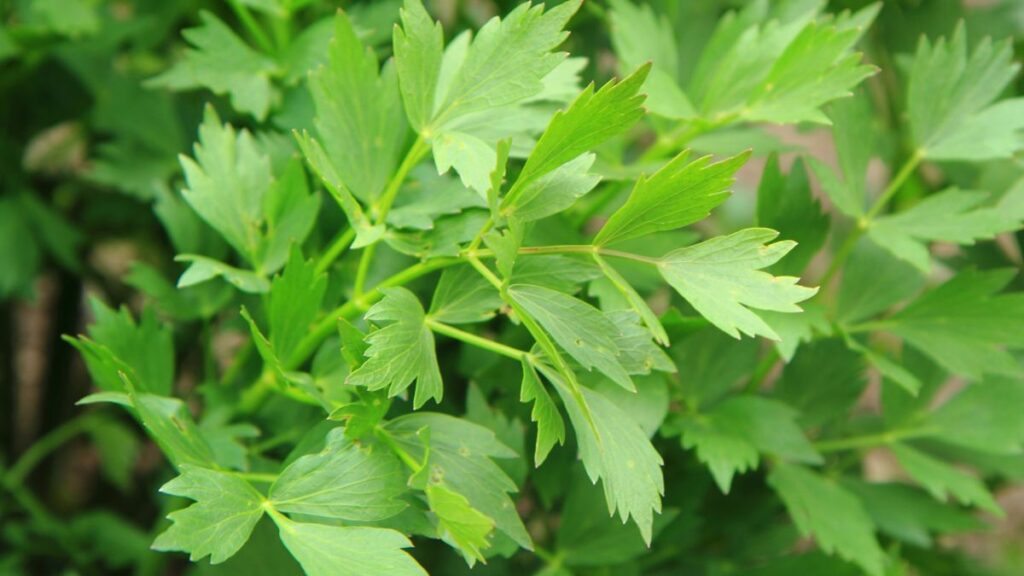
Lovage is a tall, leafy herb that tastes similar to celery, with a hint of anise. It’s often used in soups, stews, and salads, adding a unique, savory flavor. Despite its versatility, lovage is rarely found in supermarkets, making it a great addition to your herb garden.
It’s easy to grow and can thrive in most climates, requiring only regular watering and a sunny spot. Lovage can also be used in homemade stocks or as a substitute for celery in recipes, giving your dishes a fresh twist.
Sweet Cicely
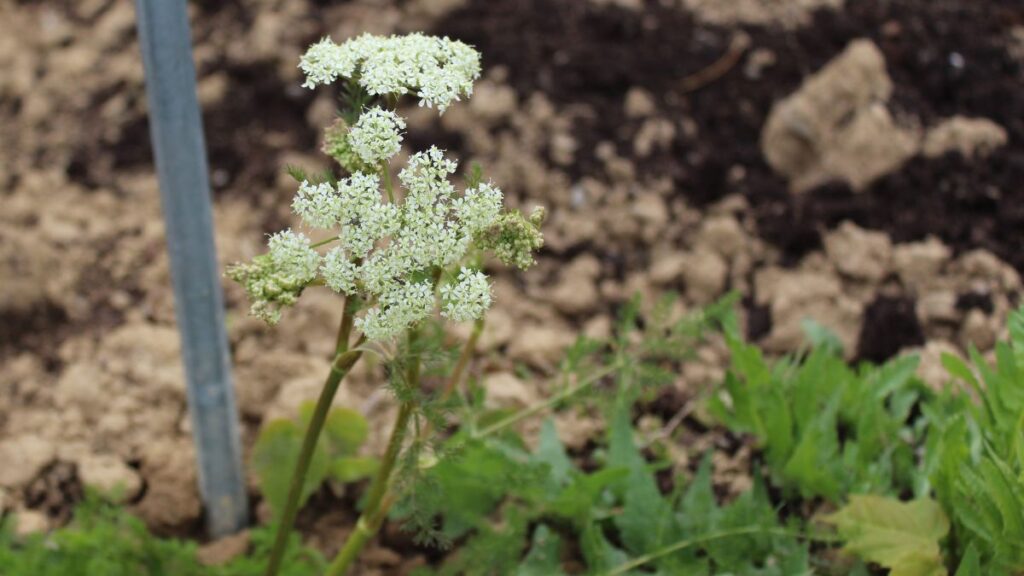
Sweet Cicely is an herb with a delicate anise flavor, often used to sweeten desserts naturally. The leaves, seeds, and roots of the plant can all be used in cooking, making it a versatile herb for your kitchen.
This herb is particularly useful in reducing the acidity of fruits like rhubarb, allowing you to use less sugar in your recipes. Sweet Cicely thrives in partial shade and well-drained soil, making it easy to grow in most gardens. Its soft, fern-like leaves also make it an attractive addition to any herb bed.
Salad Burnet
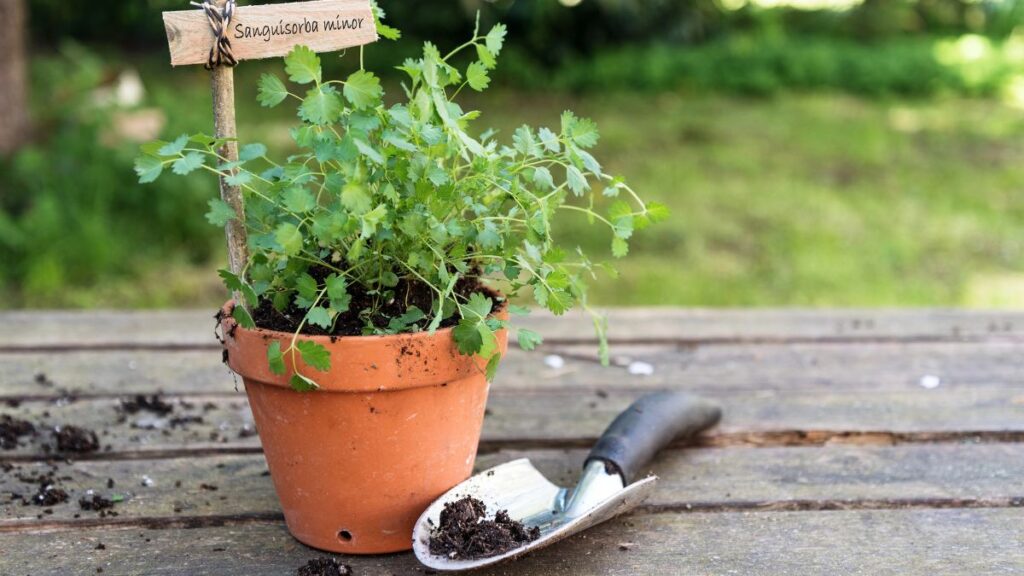
Salad Burnet is a lesser-known herb with a mild cucumber flavor, perfect for adding a refreshing touch to salads and cold dishes. It’s an evergreen perennial, meaning it will provide fresh leaves year-round with minimal care.
Salad Burnet is often used in herbal teas, vinaigrettes, and even as a garnish for cocktails. This herb prefers full sun and well-drained soil, and it’s quite drought-tolerant once established. Growing Salad Burnet at home ensures you have a fresh, crisp ingredient that’s rarely available in stores.
Epazote

Epazote is a Mexican herb with a strong, distinctive flavor, often used in bean dishes to reduce gas and add depth of flavor. It’s an essential ingredient in traditional Mexican cuisine, but it’s not widely available in supermarkets outside of specialty stores.
Epazote grows well in warm climates and can be cultivated in pots or directly in the ground. It has a slightly medicinal, pungent taste that can take some getting used to, but it adds authenticity to Mexican dishes like black beans and quesadillas.
Sorrel

Sorrel is a tangy, lemon-flavored herb that’s often used in soups, sauces, and salads. Its sharp flavor can brighten up a dish, making it a popular choice in French cuisine. Sorrel is rarely found in supermarkets, so growing your own is the best way to enjoy this unique herb.
It’s easy to cultivate, thriving in both sun and partial shade, and it’s one of the first herbs to appear in the spring. Sorrel’s leaves can be harvested young for a milder taste or left to mature for a more intense flavor.
Anise Hyssop
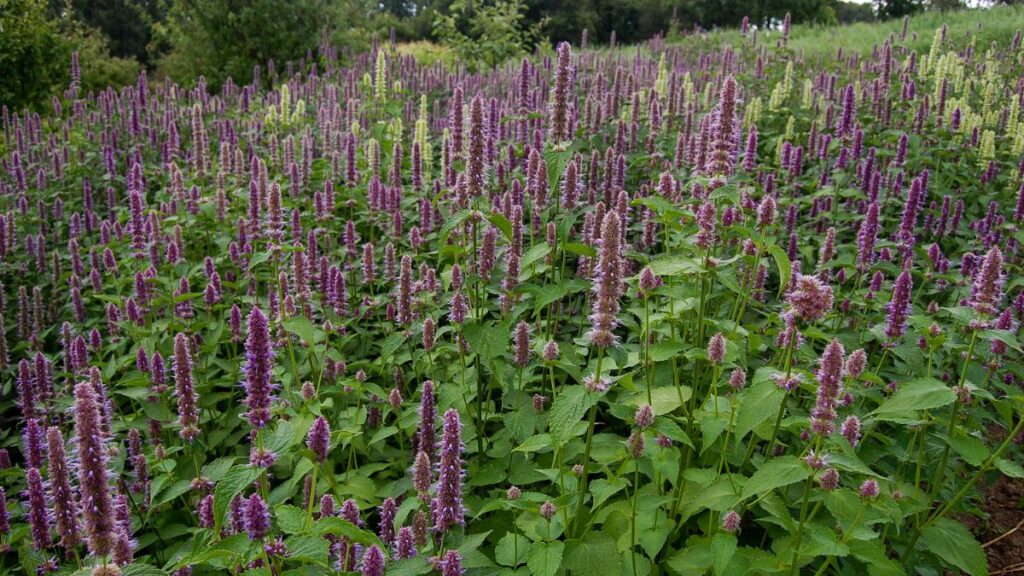
Anise Hyssop is an aromatic herb with a sweet, licorice-like flavor, often used in teas, desserts, and as a garnish. This herb is also known for its beautiful purple flowers, which attract bees and butterflies to your garden.
Anise Hyssop is easy to grow, thriving in full sun and well-drained soil, and it’s fairly drought-tolerant once established. While it’s not commonly found in supermarkets, having Anise Hyssop in your garden allows you to add a unique, sweet note to your culinary creations.
Lemon Balm
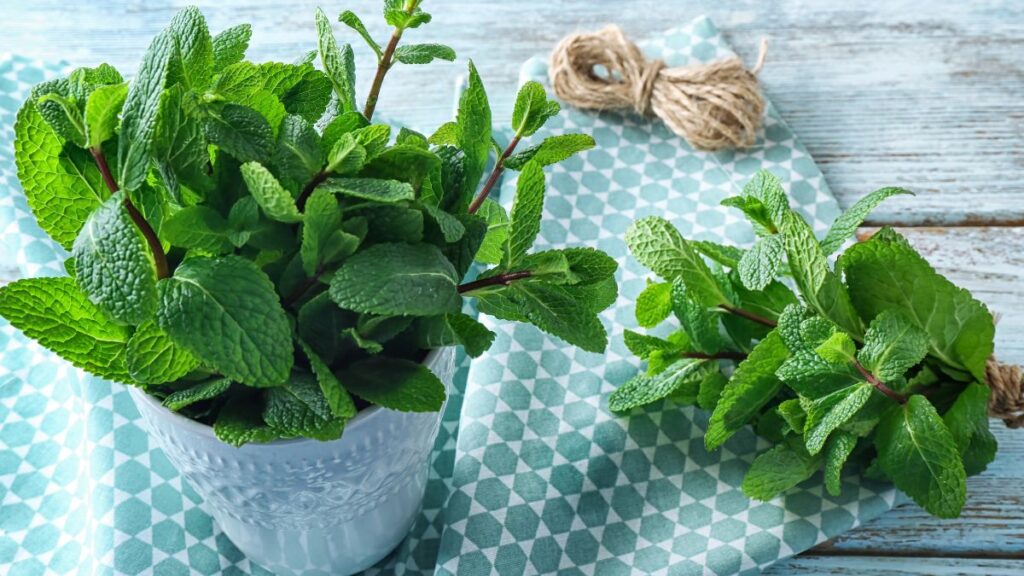
Lemon Balm is a fragrant herb with a bright, citrusy flavor, commonly used in teas, salads, and desserts. It’s a member of the mint family and grows easily in most gardens, preferring a sunny spot with well-drained soil.
Lemon Balm is not only a culinary herb but also has calming properties, making it popular in herbal remedies. Although it’s not typically found in grocery stores, it’s easy to cultivate at home, providing fresh leaves throughout the growing season. Its versatility and ease of growth make it a must-have for any herb garden.
Fenugreek
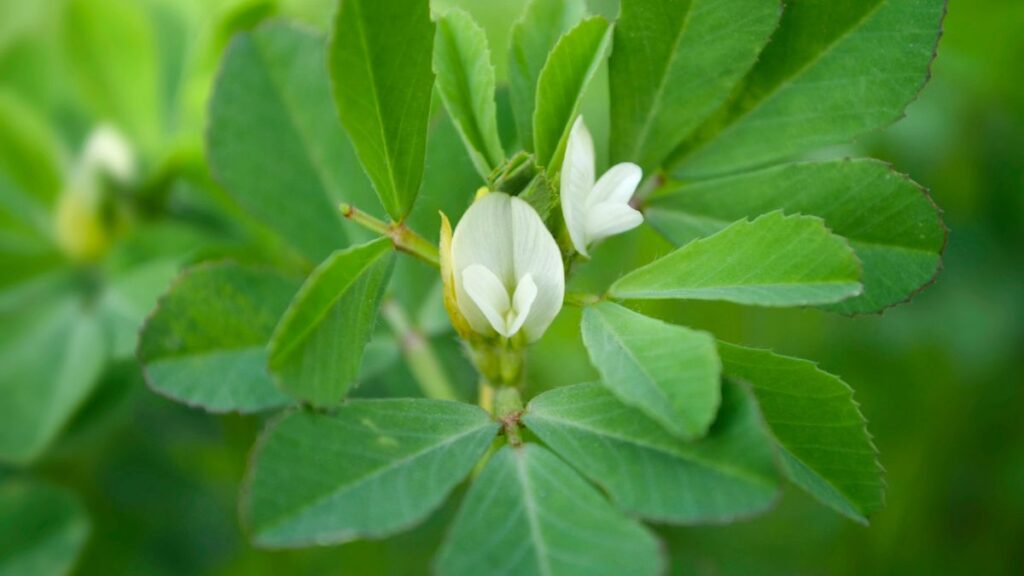
Fenugreek is an herb with a distinct, slightly bitter flavor, often used in Indian and Middle Eastern cooking. Both the seeds and leaves are edible, with the leaves offering a milder taste that’s perfect for curries and flatbreads.
Fenugreek is not commonly available in supermarkets, especially the fresh leaves, making it an excellent herb to grow at home. It’s easy to cultivate from seeds, needing only a sunny spot and regular watering. Fresh fenugreek leaves, known as methi in Indian cuisine, add a unique flavor to dishes that dried versions just can’t match.
Culantro

Culantro is a tropical herb with a flavor similar to cilantro but stronger and more pungent. It’s a key ingredient in Caribbean, Latin American, and Southeast Asian cuisines, used in salsas, soups, and stews. Unlike cilantro, culantro is rarely found in supermarkets, especially outside of tropical regions, making it a valuable herb to grow at home.
It prefers a shady spot and plenty of moisture, making it well-suited for container gardening. Fresh culantro leaves can elevate your dishes with a bold, vibrant flavor that cilantro lovers will appreciate.
Borage

Borage is an herb with a light cucumber flavor, often used in salads, teas, and garnishes. It’s known for its bright blue flowers, which are also edible and can add a pop of color to your dishes.
Borage is easy to grow, thriving in full sun and well-drained soil, and it self-seeds readily, meaning it will come back year after year. This herb is rarely found in supermarkets, so growing your own is the best way to enjoy its unique flavor. The leaves and flowers of borage can be used fresh or dried, adding a refreshing taste to your culinary creations.
Shiso (Perilla)
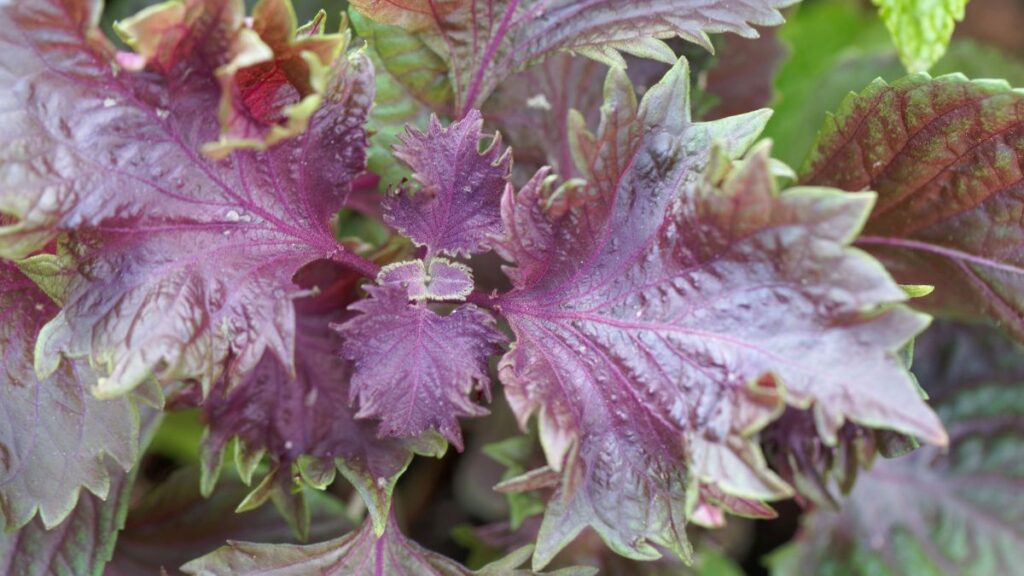
Shiso, also known as Perilla, is a Japanese herb with a complex flavor that’s a mix of mint, basil, and anise. It’s often used in sushi, salads, and pickling, adding a unique taste that’s hard to replicate with other herbs.
Shiso is not commonly found in Western supermarkets, making it a great herb to grow at home if you enjoy Japanese cuisine. It’s easy to cultivate, thriving in both sun and partial shade, and can be grown in pots or directly in the garden. Fresh shiso leaves bring an authentic flavor to Asian dishes that dried versions just can’t match.
Winter Savory
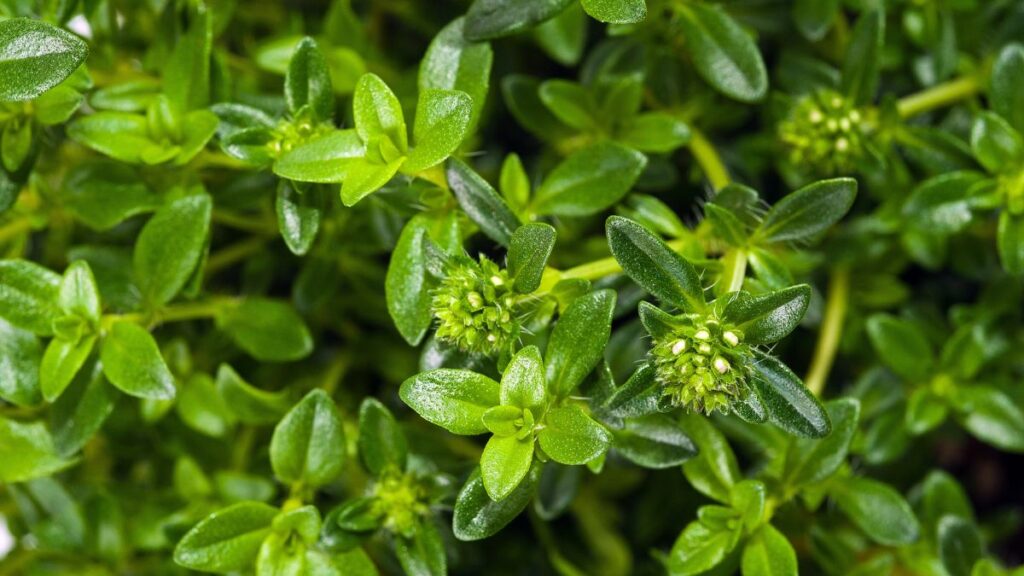
Winter Savory is a peppery herb often used in soups, stews, and meat dishes. It’s a hardy perennial, meaning it can survive the winter and provide fresh leaves year-round. Winter Savory is not commonly found in supermarkets, making it an excellent herb to grow at home for a constant supply.
It thrives in well-drained soil and full sun, requiring minimal care once established. The robust flavor of Winter Savory pairs well with hearty dishes, making it a great addition to your herb garden.
Vietnamese Coriander (Rau Ram)

Vietnamese Coriander, also known as Rau Ram, is a pungent herb often used in Southeast Asian cuisine. It has a similar flavor to cilantro but with a more intense, spicy kick. This herb is a staple in Vietnamese dishes like Pho and summer rolls but is rarely available in Western supermarkets.
Vietnamese Coriander grows well in warm, humid conditions, making it ideal for container gardening or a sunny spot in the garden. Its strong, distinctive flavor makes it a must-have for fans of Asian cooking.
Hyssop
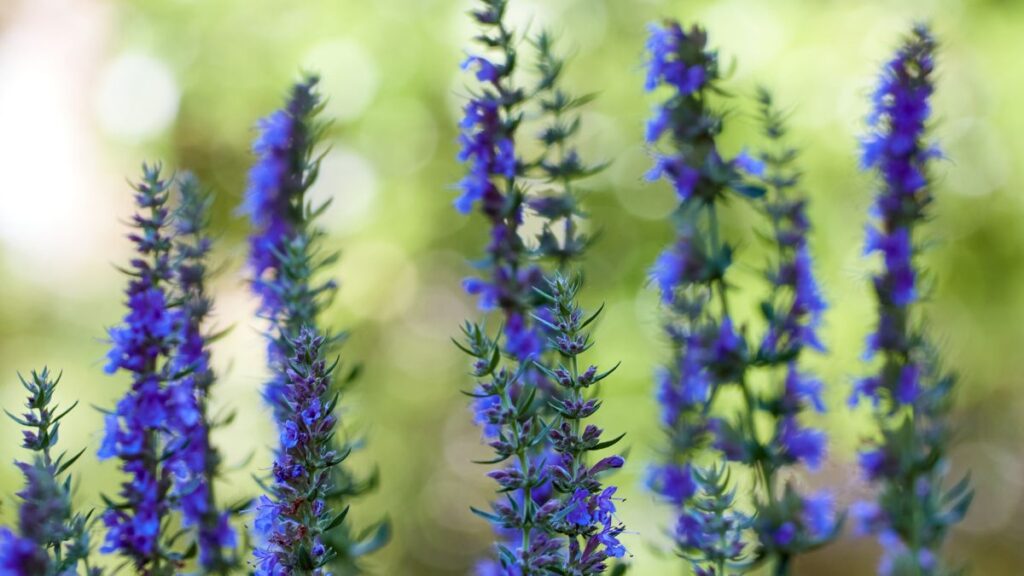
Hyssop is a fragrant herb with a slightly bitter, minty flavor, often used in teas, salads, and as a garnish for savory dishes. It’s also known for its medicinal properties, traditionally used to treat respiratory issues.
Hyssop is not commonly found in grocery stores, making it a valuable addition to your home garden. It’s easy to grow, thriving in full sun and well-drained soil, and it’s drought-tolerant once established. Fresh Hyssop leaves can add a unique, aromatic flavor to your dishes that dried herbs can’t match.
Wood Sorrel
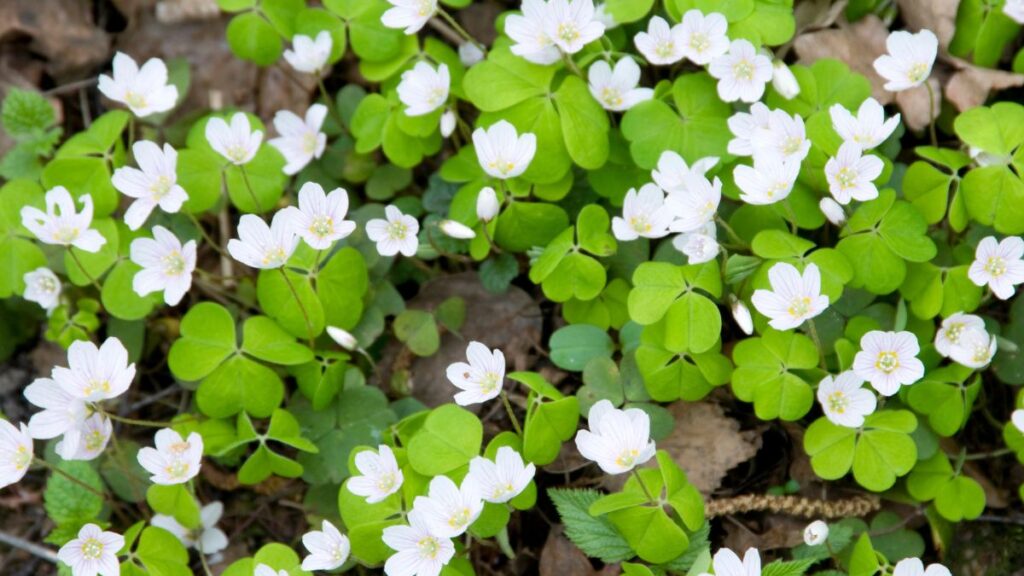
Wood Sorrel is a wild herb with a tangy, lemony flavor, often used in salads, sauces, and as a garnish. It’s similar in taste to sorrel but with a more delicate flavor and texture. Wood Sorrel is rarely found in supermarkets, making it a great herb to forage or grow at home.
It prefers shady, moist conditions, making it well-suited for woodland gardens or shady spots in your yard. The fresh, tart flavor of Wood Sorrel can brighten up any dish, adding a burst of acidity that’s hard to find in other herbs.
15 Places Where You’re Expected to Tip—But You Really Don’t Have To

Tipping has become a widespread practice in many industries, with the expectation that you’ll leave a little extra for good service. However, not every situation truly warrants a tip, even if you feel pressured to give one.
15 Places Where You’re Expected to Tip—But You Really Don’t Have To
15 Most Annoying Habits of American Tourists When Dining Abroad

Traveling abroad is an exciting adventure, and dining in new places is a big part of the experience. However, some common behaviors by American tourists can be frustrating for locals and affect the dining experience.
15 Most Annoying Habits of American Tourists When Dining Abroad







